After years of dreaming about visiting South Korea, my wonderful first trip left such an impression that I knew I had to return. I recently combined a 25-day Japan adventure with a 10-day revisit to Korea, and this second visit only reinforced why this country remains one of my absolute favourite destinations.
My first visit was a 12-day holiday that started and ended in Seoul, whereas this recent trip took a different approach – 10 days, starting in Busan and ending in Seoul. For both trips, I made sure to experience a good mix of bustling large cities and Korea’s beautiful countryside locations. Since I still haven’t been everywhere I’d like to go in Korea, a third visit is definitely in my future – I certainly hope so!


South Korea offers an incredible blend of ancient traditions and cutting-edge modernity, making it perfect for first-time visitors seeking both cultural immersion and contemporary experiences.
In this itinerary, I’ll share some of the best places to visit based on my experiences, creating a comprehensive 12-day journey from the bustling capital of Seoul through historic towns, scenic countryside, and coastal cities. It’s designed to give you a well-rounded introduction to the Land of the Morning Calm.

South Korea 2-Week Itinerary Overview
- Day 1: Arrival in Seoul and Transfer to Jeonju: Overnight in Jeonju
- Day 2: Full day in Jeonju: Overnight in Jeonju
- Day 3: Jeonju to Namwon (with a detour to visit Boseong): Overnight in Namwon. Alternative Destination – Suncheon
- Day 4: Morning in Namwon and Namwon to Busan: Overnight in Busan
- Day 5-6: Full days in Busan: Overnight in Busan
- Day 7: Afternoon bus to Gyeongju: overnight in Gyeongju
- Day 8: Afternoon train to Suwon or Seoul: Overnight in Suwon or Seoul
- Day 9-11: Full Days in Seoul
- Day 12: Departure or Seoul extension, including an overnight trip to Sokcho
Why This Itinerary Works
This carefully crafted route will allow you to experience Korea’s diverse landscapes, from traditional hanok villages to tea plantations, and ancient temples to modern beaches, while maintaining a comfortable pace that allows for spontaneous discoveries. Let’s get into it!

Day 1: Arrival in Seoul and Transfer to Jeonju
Your arrival time at Incheon International Airport will determine your Day 1 strategy. If you land before 6 pm, you can consider taking a direct bus from the airport to Jeonju Bus Terminal (approximately 3.5 hours). This was what I did. My flight arrived at 5 pm and I went straight to Jeonju. For later arrivals after 6 pm, consider staying overnight near the airport or in Seoul.

If you choose to stay in Seoul and want to continue with this itinerary, you can take the Airport Railroad Express (AREX) to Seoul Station. From there, board a KTX high-speed train to Jeonju (approximately 2 hours). Alternatively, you can join a tour from Seoul that includes the transfer and a tour of the city.

Where to Stay in Jeonju
There are several accommodation options in Jeonju, but I recommend staying within walking distance of the Hanok Village to maximise your time exploring this cultural heart of Korea.
During my visit, I stayed at 24 Guesthouse Jeonju, which served its purpose well with clean facilities and a convenient location. However, for future visits, I’d opt for either a traditional hanok stay for the full cultural immersion or a slightly more upscale option with better amenities.

🏨 Recommended Hotels in Jeonju
| Blueboat Hostel Jeonju | Budget (Hostel) | BOOK HERE |
| Samlockhon Hanokstay | Budget (Private) | BOOK HERE |
| And spring | Modern | BOOK HERE |
| Present Stay | Luxury | BOOK HERE |
Day 2: Full Day in Jeonju
Dedicate this day to exploring Jeonju. If you stay close to the hanok village, begin your day with an early morning stroll through the quiet streets. The village transforms throughout the day, starting peacefully in the early hours before coming alive with visitors and vendors by mid-morning. This gives you the unique opportunity to experience both atmospheres: the tranquil, authentic charm of dawn and the vibrant, bustling energy of peak hours.

Your must-visit sites include Gyeonggijeon Shrine, where you can view the portrait of King Taejo, the founder of the Joseon Dynasty, and the Traditional Craft Exhibition Hall, where hands-on activities such as hanji (traditional paper) making and calligraphy offer a deeper cultural engagement. Don’t miss climbing Omokdae Pavilion for sweeping panoramic views of the entire hanok village.

Plan your afternoon around Jeonju’s culinary crown jewel: bibimbap. Find a traditional restaurant and savour this colourful rice dish in its birthplace. As evening approaches, complete your cultural immersion with a traditional tea ceremony or artistic performance.
Day 3: Jeonju to Boseong to Namwon (Alt: Suncheon)
Start early for Boseong, Korea’s green tea capital, but be prepared for a journey that requires patience and planning. Getting to Boseong without a rental car involves multiple transfers and can consume a significant portion of your day, typically requiring buses from Jeonju to larger cities like Gwangju, and then connecting buses to Boseong itself.



The rolling hills of meticulously maintained tea plantations are undeniably beautiful, but getting there without a car or a tour can be a bit complex, not impossible, though.
If scenic tea fields aren’t a priority for your trip, consider skipping Boseong entirely and heading directly to Namwon for more time exploring Gwanghallu Garden, or alternatively, travel straight to Suncheon to experience the famous gardens and wetland reserves.

If you do include this stop, Daehan Dawon Tea Plantation is the most popular tea farm to visit in the area. You can check out this post for a detailed guide on how to get there and what to expect. After this stop, continue to Namwon (1.5 hours), famous for its connection to the classic Korean love story “Chunhyang.”
🏨 Recommended Hotels in Namwon
Namwon serves as an excellent base for exploring Jirisan National Park and offers a more intimate, less touristy alternative to Korea’s larger cities. Here, you can experience authentic Korean small-town culture while enjoying some of the country’s most photogenic traditional scenery.
If you plan to hike the second-highest peak, Mount Jiri (Jirisan), then you might need longer than one night here. For this itinerary, only one night is necessary.

I stayed at Hanok Stay Namwonyechon by Kensington during my visit, and this accommodation was a highlight in itself. You can read all about my experience in this detailed post. The hotel’s location is absolutely perfect – situated directly in front of Gwanghallu Garden, considered one of Korea’s four most beautiful traditional gardens.
Day 4: Morning in Namwon and Transfer to Busan
This garden will be the first stop on the itinerary on day 4. Start your day with breakfast at the hotel, then walk a short distance to the garden. Enjoy a morning stroll around the grounds, and then return to the hotel to check out and head to the next stop.


Take an afternoon bus or train to Busan (3 hours), Korea’s vibrant coastal metropolis. Grab dinner and spend the rest of the day relaxing in your hotel. If you stay close to Haeundae Beach, you can easily find a restaurant along the strip leading to the beach and enjoy a leisurely night walk on the sand afterwards.
🏨 Recommended Hotels in Busan
Activities and attractions in Busan are quite spread out. I recommend staying close to your main interests or within walking distance of a train station.
| Nomad Live Hostel | Budget (Hostel) | BOOK HERE |
| Arban Hotel (I stayed here) | Modern – Mid Budget | BOOK HERE |
| Park Hyatt Busan | Luxury | BOOK HERE |

Days 5 and 6: Full Days in Busan
On day five, you can start your day with a sunrise visit to Haedong Yonggungsa Temple. This is one of Korea’s most uniquely positioned temples, dramatically perched on coastal cliffs. As you can imagine, it can get pretty crowded, especially on weekends and public holidays. Getting there earlier in the day will allow you to experience this beauty more peacefully.

Alternatively, you can visit after taking the Sky Capsule from Mipo Station to Cheongsapo Station. After that, ride the Beach Train back to Songjeong, where you will find several restaurants to dine in. Once you’re done, you can take a taxi to Haedong Yonggungsa Temple.
You can reserve tickets for the Sky Capsule from the official site. PS: sunset views from the Sky Capsule are phenomenal, so if you have more time in Busan, save this activity for sunset.


Other places to consider in your full-day itinerary in Busan include Sangdo Beach, Jagalchi Fish Market, Busan Tower for city views, Huinnyeoul Village, and Spa Land Centum City. Consider getting the Visit Busan pass if you have plans to visit the places covered by the pass. This could be a cost-effective way to see the city when planned properly.
Day 7: Morning in Busan, Transfer to Gyeongju (or Day Trip to Gyeongju)
Day 7 is another transit day. This time, you will travel about 40 minutes to an hour from Busan to Gyeongju. But before that, spend your morning walking around Gamcheon Culture Village, if you have skipped it on previous days.

Arrive early in the day and visit on a weekday to avoid the worst of over-tourism in this residential area. You can read about my experience and how I optimised for a wonderful visit to Gamcheon Culture Village here. After lunch, take a bus to Gyeongju (~1 hour), the ancient capital of the Silla Kingdom.
If you opt for a day trip instead, then leave earlier to optimise your time in Gyeongju. You can explore leisurely on your own or take this highly rated tour to the city and back.

Often called “the museum without walls,” Gyeongju contains more tombs, temples, and archaeological sites than anywhere else in Korea. You can visit Bulguksa Temple, a UNESCO World Heritage site, and Seokguram Grotto on this day if you arrive early. Otherwise, enjoy downtime at your hotel after check-in, stroll through Hwangridan Street and marvel at Woljeong Bridge and Wolji Pond at night.
If you do choose to spend the night in Gyeongju – and I recommend this- then these are some accommodation options to consider:
🏨 Recommended Hotels in Gyeongju
| Doobaki Hostel | Budget (Hostel) | BOOK HERE |
| Y Collection by Unboundi Gyeongju (I stayed here) | Modern – Mid Budget | BOOK HERE |
| Gyeongju Gamseong Hanok Susu | Luxury | BOOK HERE |


Day 8: Morning in Gyeongju and Transfer to Seoul (or Suwon)
If you didn’t return to Busan, spend the early hours of the morning exploring more of Gyeongju. Stroll through Gyeongju Gyochon Traditional Village, visit Tumuli Park, where massive burial mounds of Silla royalty dot the landscape like small hills, and Gyeongju National Museum to understand the historical context of everything you’re seeing.
Next, take the direct bus from Gyeongju to Suwon or transfer straight to Seoul.

Suwon makes an excellent day trip from Seoul, though you could extend it to an overnight stay if you want a more relaxed pace before returning to the capital. However, given Seoul’s abundance of attractions and our time-bound itinerary, you may choose to skip Suwon entirely and dedicate those four days solely to exploring the capital.

Seoul offers more than enough museums, palaces, neighbourhoods, and experiences to fill your remaining time, so we’ll focus on the city’s essential highlights to make the most of your final days in Korea.
🏨 Recommended Hotels in Seoul
| H HOSTEL Itaewon | Budget (Hostel) | BOOK HERE |
| Amid Hotel Seoul (Insadong) – I stayed here | Modern – Mid Budget | BOOK HERE |
| Nine Tree by Parnas Seoul Insadong | Modern – Mid Budget | BOOK HERE |
| Hotel Sunbee Insadong | Modern – Mid Budget | BOOK HERE |
| LOTTE City Hotel Myeongdong | Modern – Mid Budget | BOOK HERE |
Days 9-11: Up and about in Seoul
Explore major palaces like Gyeongbokgung and Changdeokgung, shop in Myeongdong and Hongdae, experience Korean barbecue in Gangnam, and visit N Seoul Tower. Take a day to Nami Island or a trip to the DMZ for a sobering reminder of Korea’s divided history. Spend time in trendy neighbourhoods like Itaewon and Garosu-gil for international cuisine, cafes, and boutique shopping.



Day 12: Departure
Finally, it’s time to say goodbye to this wonderful country. Use your final morning for any last-minute shopping or a peaceful reflection at Jogyesa Temple before heading to Incheon Airport.

Alternative Destinations for Extended Travel
Geoje Island (accessible from Busan): Korea’s second-largest island offers dramatic coastal scenery, including the stunning Windy Hill and historic POW camps from the Korean War. Perfect for those seeking beautiful beaches and outdoor activities. Check out this day trip tour from Busan.
Suncheon (accessible from Busan or Gyeongju): Home to Suncheon Bay Wetland Reserve, where migratory birds create spectacular displays, and traditional Korean gardens at Naganeupseong Folk Village. This destination appeals to nature lovers and those interested in ecological preservation.
Jeju Island (accessible by flight from Seoul or Busan): Korea’s premier island destination features volcanic landscapes, including Hallasan Mountain, stunning beaches, and unique women divers called “haenyeo.” Famous for its natural beauty, outdoor activities, and distinctive culture, Jeju offers everything from hiking and waterfalls to luxury resorts and local specialities.

General Travel Tips and Considerations
Download these apps to ease your travels around the country. Try to learn basic Korean greetings and bowing etiquette. Remove your shoes when entering homes, temples, and some restaurants. Respect photography restrictions at temples and palaces.
Solo travellers may have some difficulties finding dining options, as many Korean restaurants are designed for sharing and may be hesitant to serve single diners. Look out for one-person meal spots, cafes and convenience stores or pair up with other travellers where possible.


The Sum Up…
This comprehensive 2-week South Korea itinerary offers the perfect blend of ancient traditions and modern experiences. The journey begins in Seoul with a transfer to Jeonju, the cultural heart of Korea, where you’ll explore traditional hanok villages and taste authentic bibimbap.
The route continues through Boseong’s scenic tea plantations and Namwon’s historic gardens before reaching the vibrant coastal city of Busan. Here, you’ll visit cliff-side temples, ride the famous Sky Capsule, and explore the colourful Gamcheon Culture Village. The itinerary then takes you to Gyeongju, Korea’s ancient capital known as “the museum without walls,” featuring UNESCO World Heritage sites and royal burial mounds.
The final days return to Seoul for palace visits, neighbourhood exploration, and modern attractions. This carefully paced journey covers diverse landscapes from traditional villages to bustling cities, ensuring both cultural immersion and contemporary experiences while maintaining comfortable travel times between destinations.
Enjoyed this post?
Help fuel more adventures and insights! ☕️ Treat me to a virtual coffee, explore my Instagram for behind-the-scenes peeks, or simply share this post with a fellow traveller. Your support keeps this wanderlust-filled blog thriving! 🌍✈️

I hope you have found this 2-week South Korea itinerary insightful. If you would like more detailed itineraries for each city, please let me know in the comments section. Also, please feel free to leave any questions about the itineraries you have crafted, and I will be happy to answer them! If you have visited South Korea before, I’d love to hear all about your experience! Please share them in the comment section below! I wish you happy and safe travels!


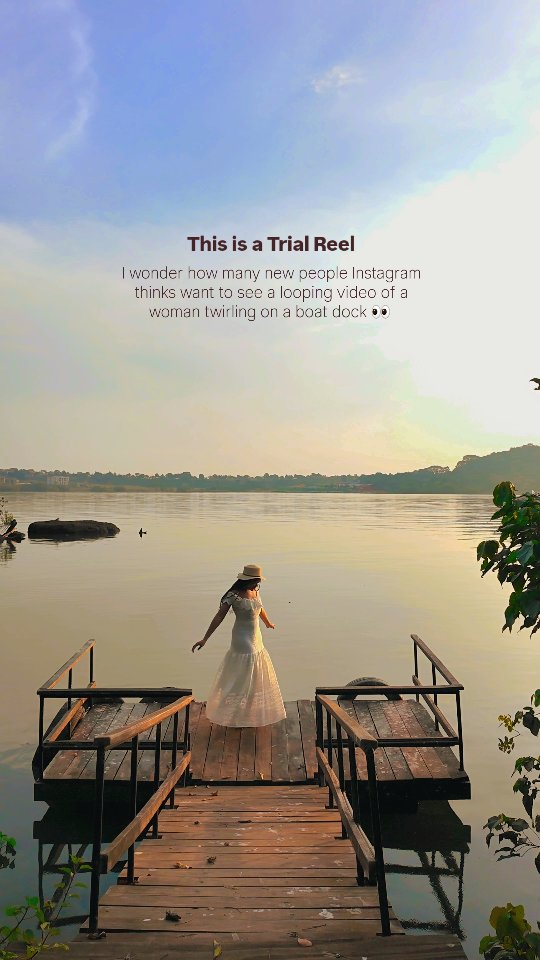
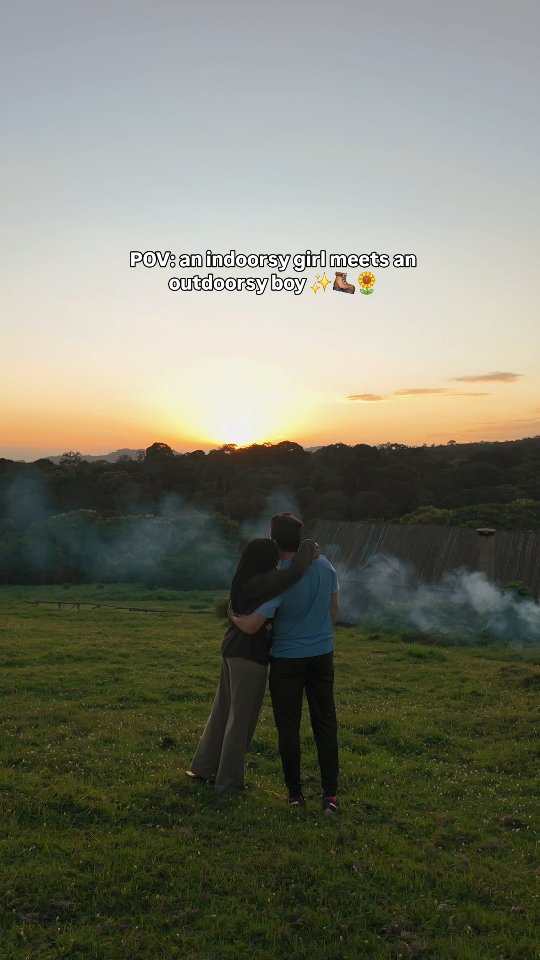
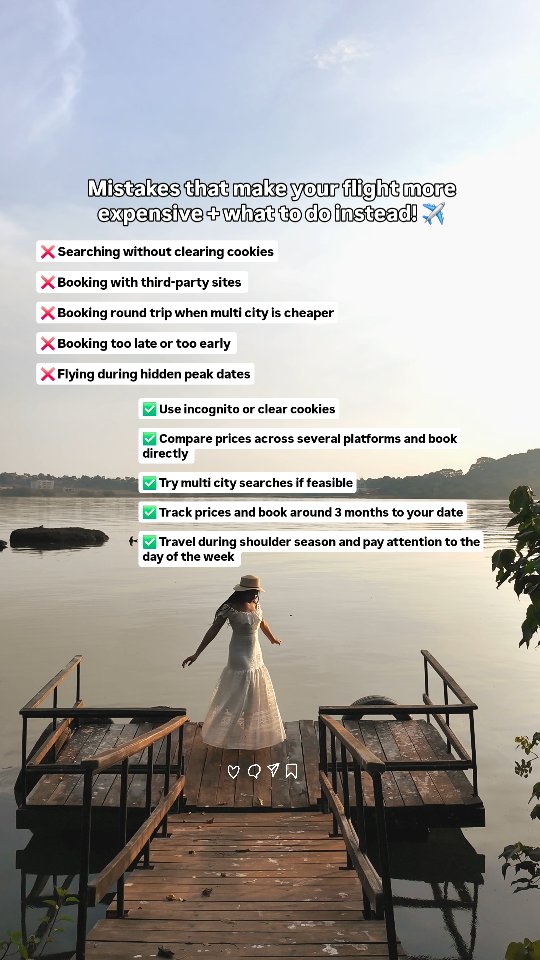
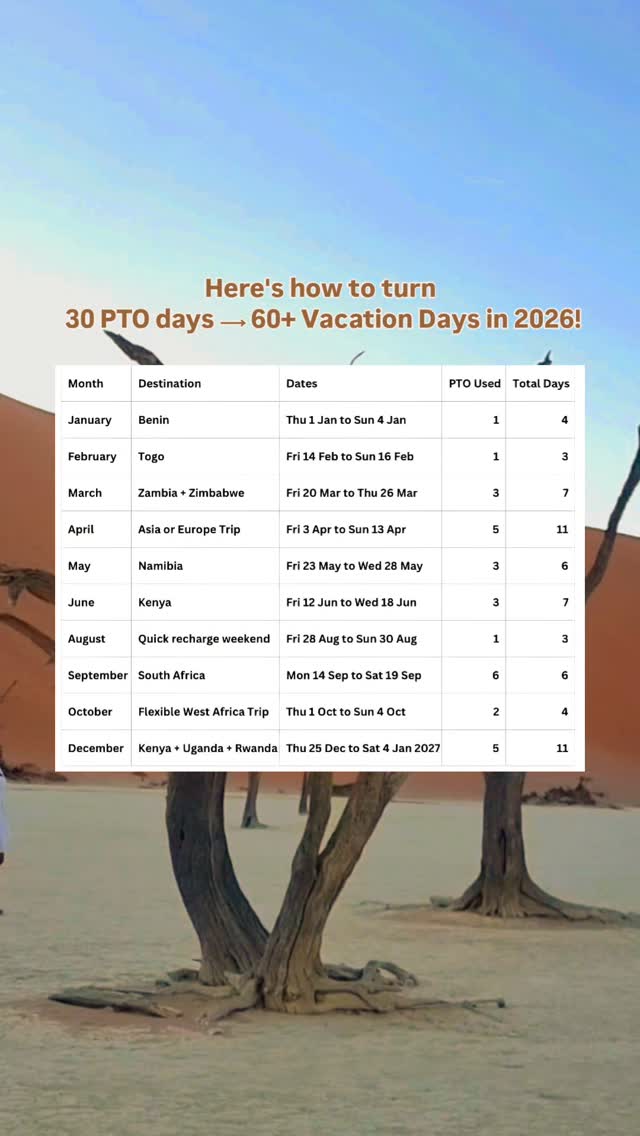
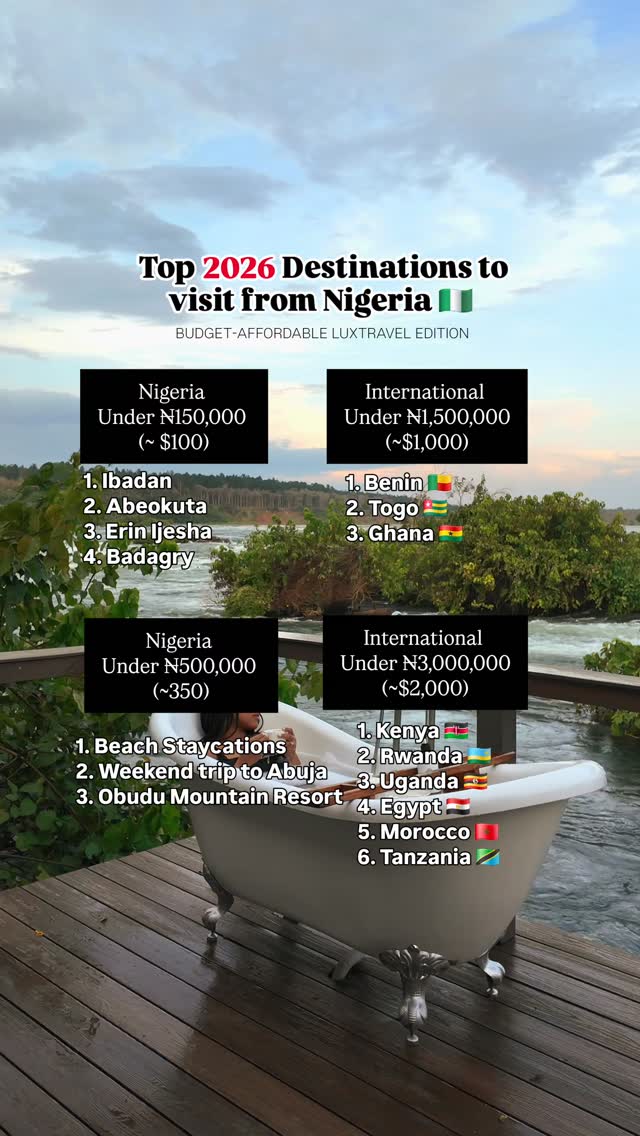
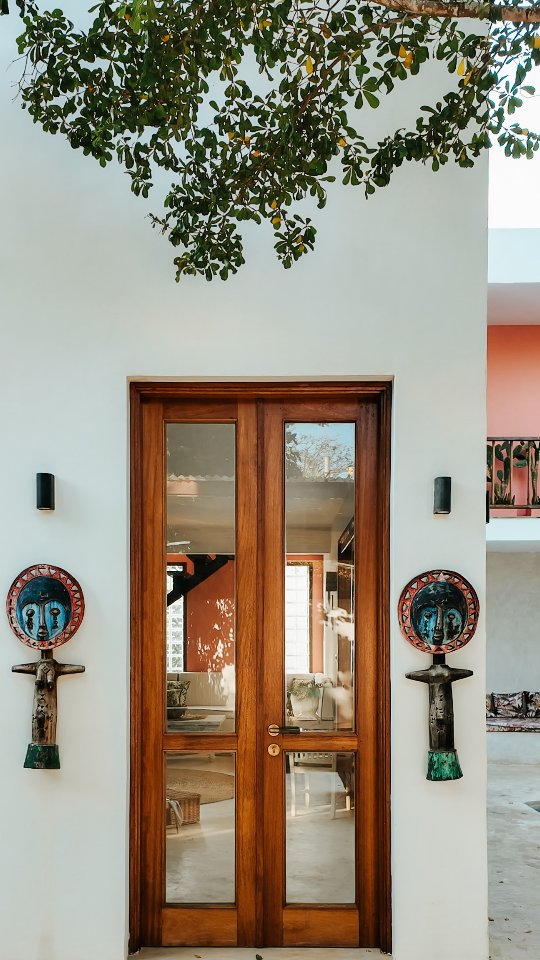
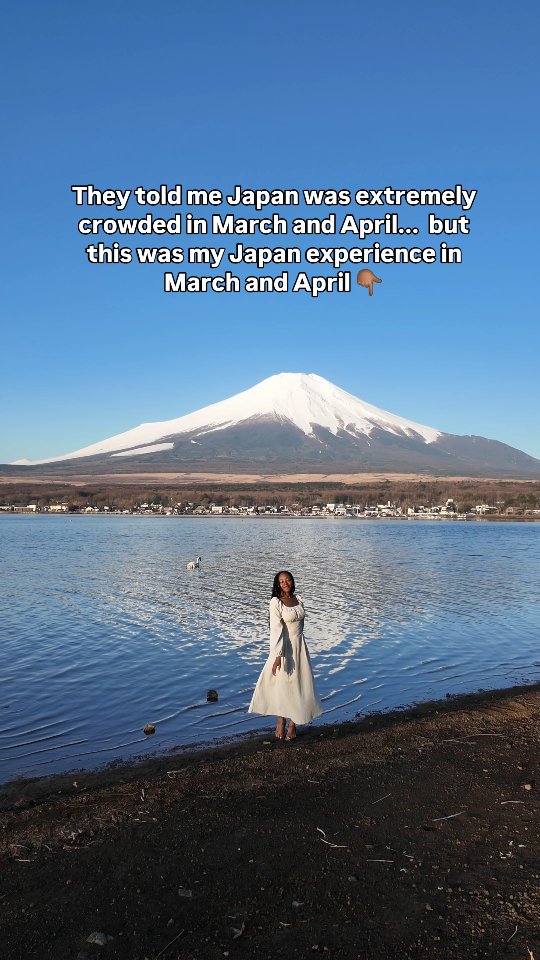
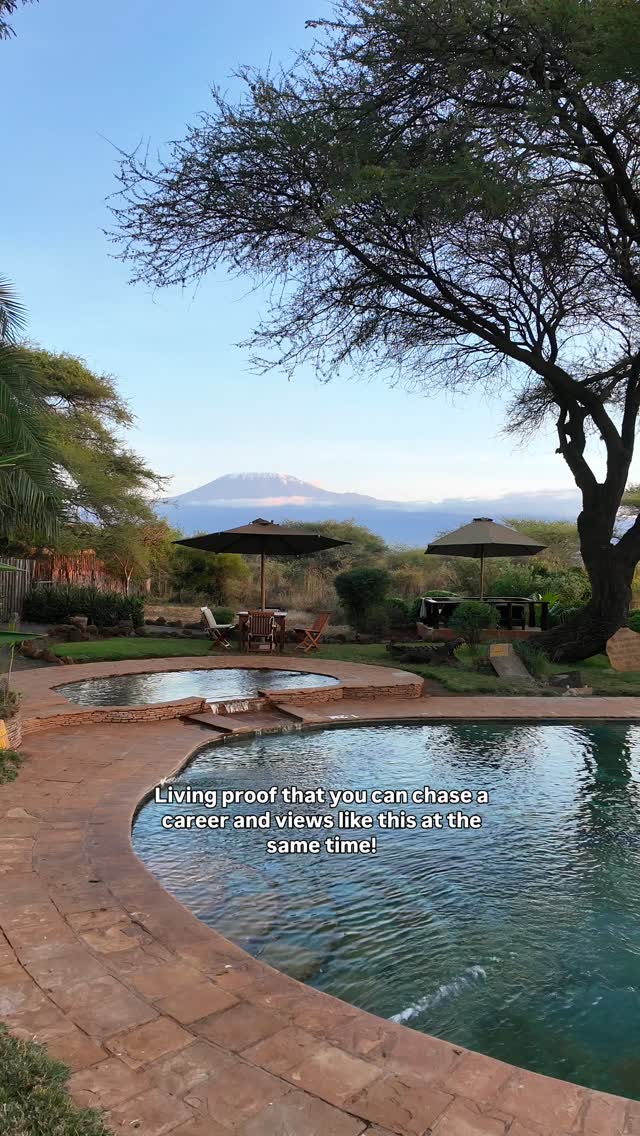
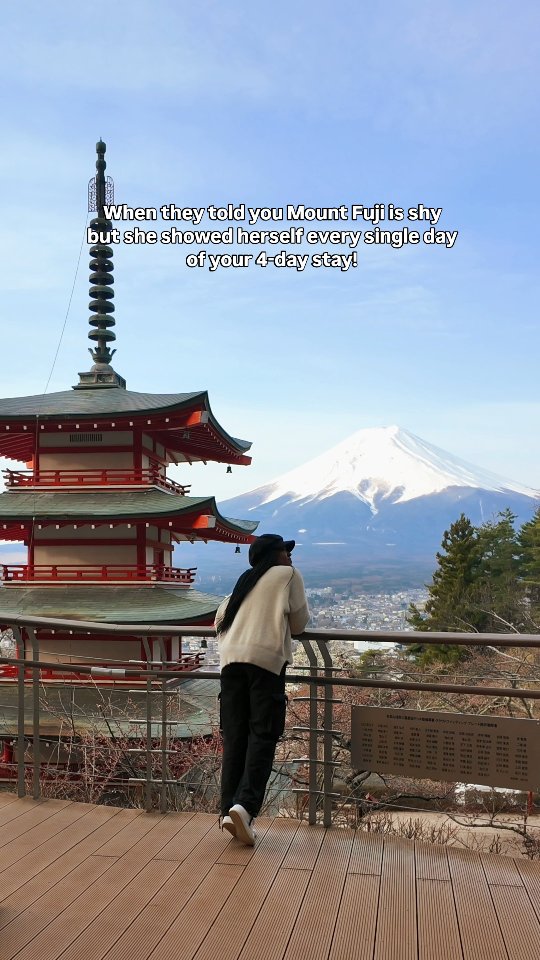

I’m not sure when I’m making it to Asia, so for now I live vicariously through your posts! Japan and South Korea seem so interesting and beautiful! 🙂 Thanks for sharing!!
Thank you, Elle! I’m also loving exploring Jamaica and South America through your eyes!